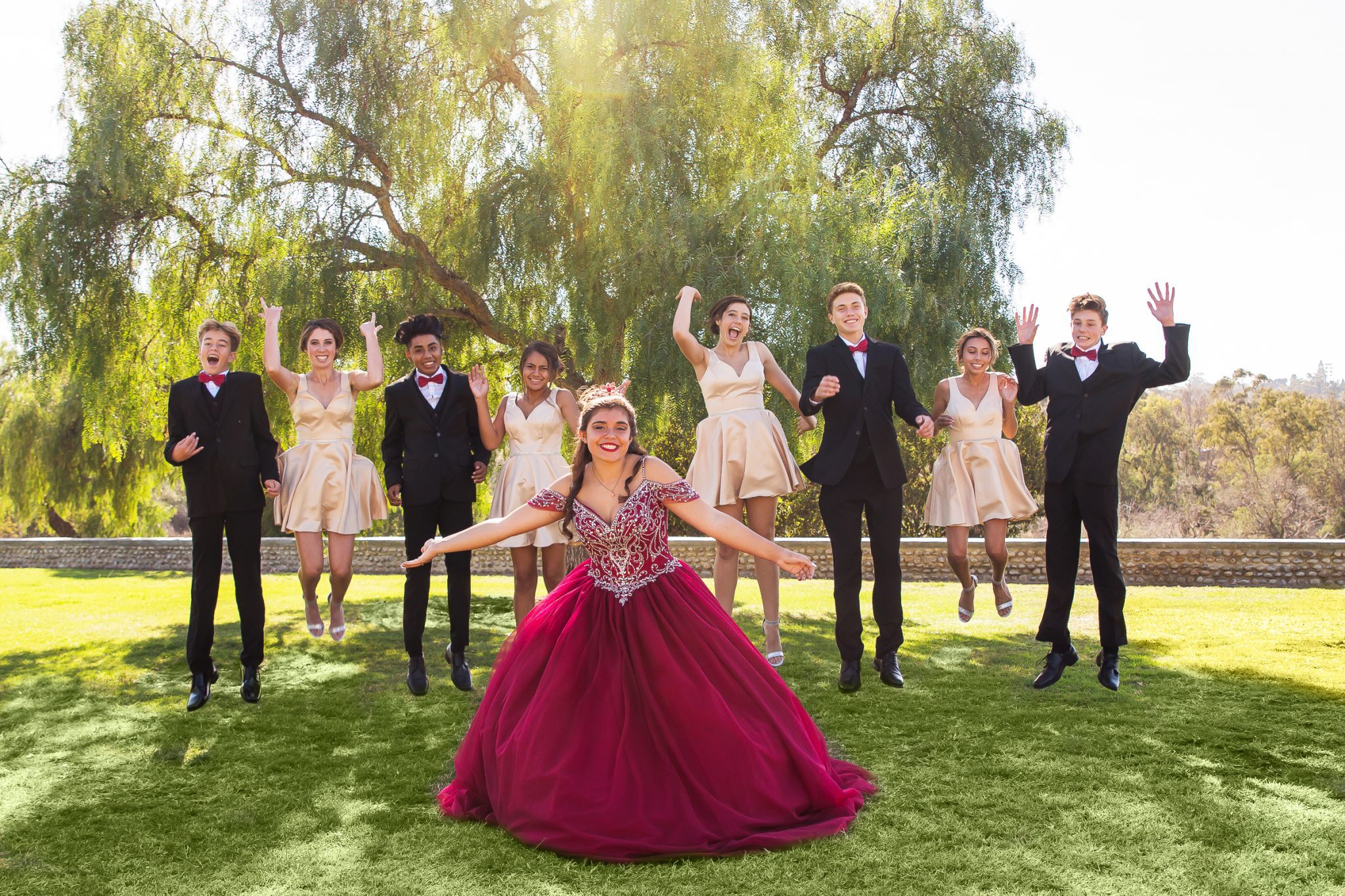The Quinceañera is a celebrated tradition that marks a significant transition from childhood to womanhood for many young girls. Observed across diverse cultures, this elaborate event is most commonly celebrated when a girl turns fifteen. Rooted in a rich history, the Quinceañera is filled with symbolic elements that honor both cultural and personal milestones. While the fifteenth birthday celebration is most prominent in Latin American countries, unique versions of the tradition are practiced in other parts of the world. Each culture brings its own distinct celebration that explores the diverse significance and evolving practices of this coming-of-age event.
Beyond its Latin American origins, the Quinceañera has evolved to take on different meanings globally. Whether it’s a simple family gathering or a grand fiesta, the tradition remains a testament to the cultural value placed on this milestone. Over time, variations of the Quinceañera have emerged, blending tradition with modern influences. These variations continue to evolve, reflecting the changing dynamics of family, community, and identity in a globalized world.
The Latin American Quinceañera: Tradition and Elegance
In Latin American countries, the Quinceañera holds a unique place as a rite of passage. The version of the quinceañera celebrated in Latin American culture is deeply rooted in both religious and social customs. Countries like Mexico, Colombia, and Argentina are known for their elaborate ceremonies, where the celebration is highly anticipated. It is often compared to a wedding in terms of preparation and grandeur, with the event bringing together family and friends in a grand show of unity and support.
The elaborate nature of these ceremonies showcases the cultural emphasis on community. Each event is a reflection of both religious traditions and modern-day celebrations. From the venue selection to the intricate details of the dress, every aspect is planned with the utmost care. The quinceañera represents not only the transition of a young girl into adulthood but also the preservation of family tradition and cultural heritage.
Religious Ceremony
A key element of the traditional quinceañera is the religious ceremony, often held in a Catholic church. The young girl, dressed in a formal gown, participates in a special Mass known as the Thanksgiving ceremony, where she gives thanks to God for reaching this milestone of maturity. During the Mass, various blessings are given for the future, and the rituals performed include the presentation of items like a rosary, a Bible, or a religious medal, each symbolizing the girl’s faith.
These rituals are highly significant, representing a formal commitment to faith and spirituality. As part of the ceremony, prayers are offered, and symbolic objects are blessed. Each element reinforces the importance of maintaining strong religious foundations as the girl continues into adulthood. This blend of spiritual and cultural practices solidifies the quinceañera as a pivotal moment in her life.
The Court of Honor
The Court of Honor is a crucial aspect of the quinceañera ceremony, where the girl is accompanied by 14 girls and 14 boys who represent the years of her life. These attendants, who are often close friends and family members, participate in a choreographed waltz, symbolizing the transition from childhood to the beginning of adulthood. The Court of Honor not only enhances the celebratory atmosphere but also highlights the importance of community support in the young girl’s life.
This tradition brings a sense of inclusivity and belonging, as the girl is not making her journey alone. The Court of Honor represents her past, present, and future connections. The pairs not only participate in the dance but also serve as an integral part of the festivities, adding depth and personal meaning to the celebration.
Traditional Gifts
The traditional gifts exchanged during a quinceañera carry significant symbolic weight. Among these, the tiara is particularly important, symbolizing the girl as a princess under the guidance of God. Another pivotal moment in the ceremony involves the exchange of flat shoes for high heels, a gesture that represents the girl’s transition into womanhood. The entire ceremony often concludes with this powerful symbol of maturity, marking her readiness to step into a new chapter of her life.
Each of these gifts serves a purpose beyond the material, offering a tangible reflection of the deeper values embedded in the quinceañera. The exchange of shoes is not just a physical transformation but also a symbolic gesture of personal growth and maturity. These gifts further enrich the ceremony, emphasizing the spiritual and cultural significance of the event.
Quinceañera in the United States: A Fusion of Traditions
In the United States, the quinceañera has evolved into a unique blend of traditions, heavily influenced by the country’s melting pot of cultures. This celebration reflects a cultural fusion, combining Latin American roots with Western customs. As a result, the event often resembles a Sweet 16 party, incorporating elements from both heritage and modern American festivities.
This fusion highlights the adaptability of the quinceañera tradition, as families honor their Latin American heritage while embracing American customs. The result is a celebration that not only acknowledges cultural ties but also reflects the individuality of each family. Whether it’s the inclusion of a Sweet 16-like party or traditional elements, the U.S.-based quinceañera is a true reflection of cultural diversity.
